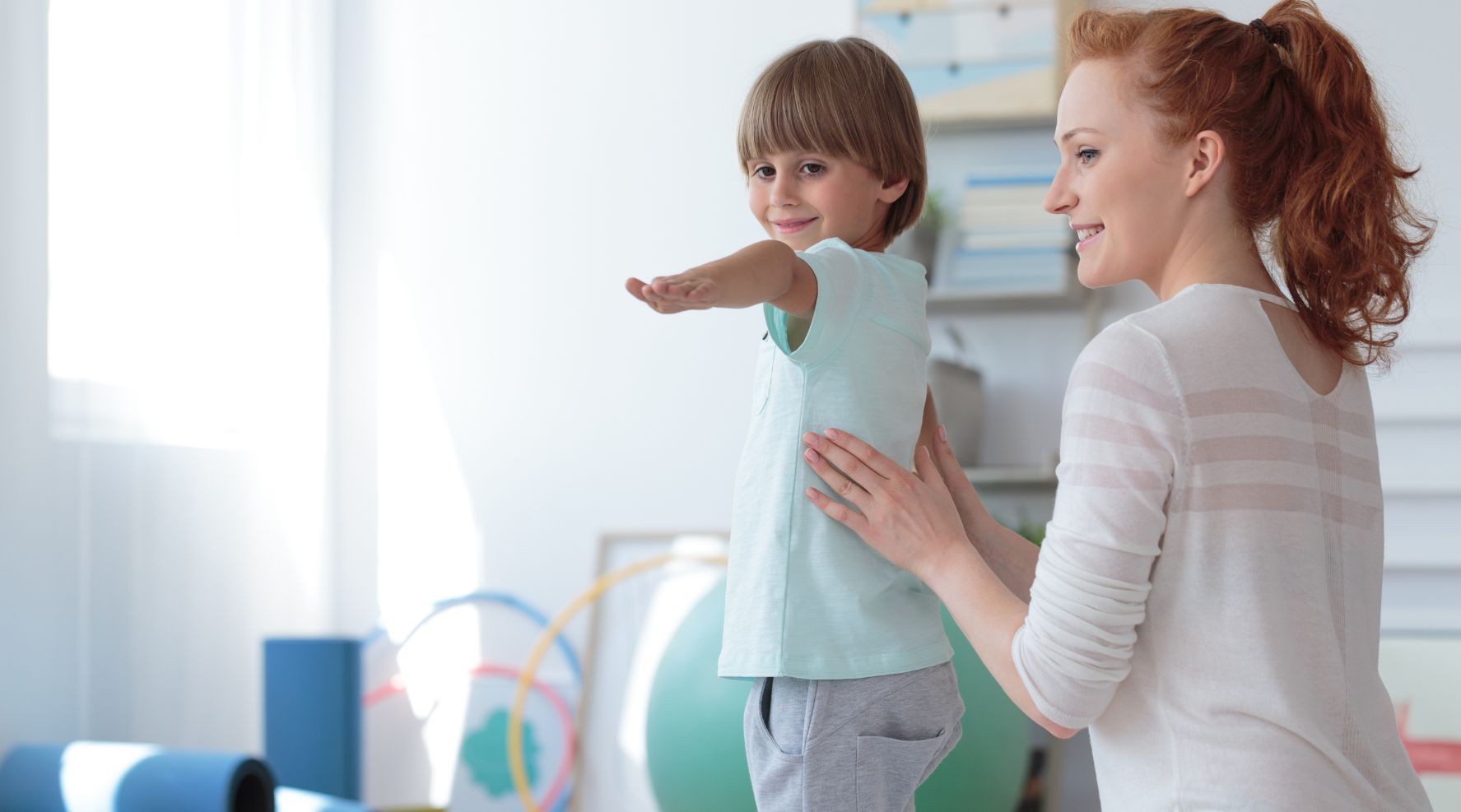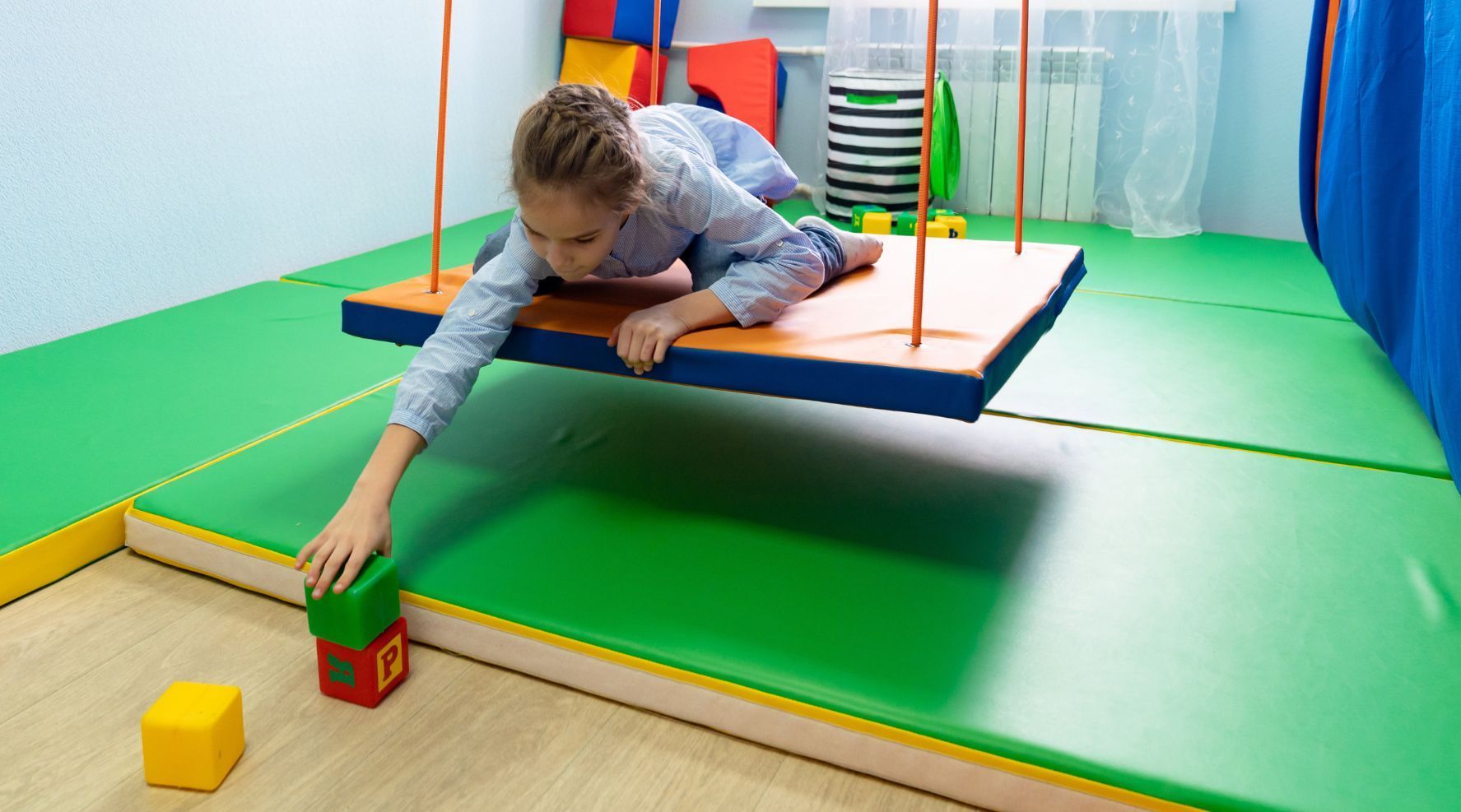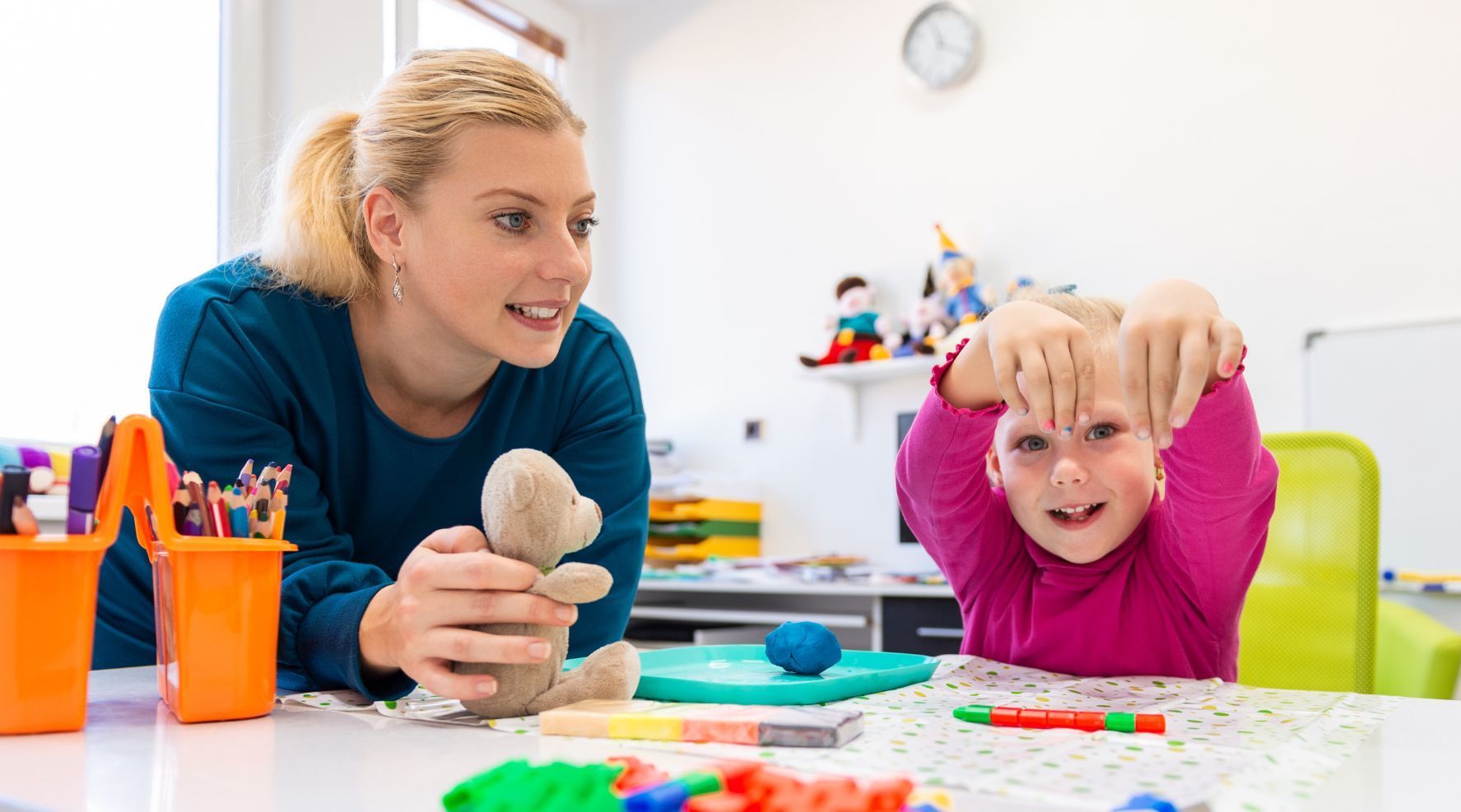The Best Ways To Engage Autistic Children in Play Activities
Kids learn social skills such as sharing and taking turns by playing with other kids. They also develop imagination and creativity, fine and gross motor skills, and problem solving abilities.
Autistic kids can struggle with social interaction. It’s difficult for them to learn the rules of a game, or cope with the noise and proximity of other kids. Since play is an important learning experience, parents of kids with autism spectrum disorders learn the best ways to engage autistic children in play activities. Read on for a few activities you can use to engage your child.
Follow Their Lead
Many autistic kids have unusual interests. Whatever your child’s special interest, try to follow their lead. If they like to sit and watch a fan, sit down next to them with your own fan (not too close, if your child has strong tactile defensiveness or needs a lot of personal space).
After several minutes, you could introduce a playful element, such as showing how the fan can make your voice sound funny. If your kid likes to organize or sort things, provide plastic bins filled with mixed up blocks or balls, and as many empty bins as there are colors or shapes in the mixed box. Then sit back and watch what happens.
Mirror Your Child
The fan strategy above is a form of “parallel play,” where kids play alongside, but not with, other kids. As with watching the fan, try doing this with other types of play.
It’s OK if the entire session happens in silence. Eventually, your child may speak to their toy or to you, and you’ll have a chance to respond. This can lead to more natural playtime interaction and even sharing toys or making stories together.
Participate, But Don’t Direct
Layering verbal instructions on top of play activities requires your child to alter their focus. The interruption is a transition from one activity to another, and transitions are tough for autistic kids. They can trigger an anxious reaction or even a meltdown.
Resist the temptation to guide or direct your child’s play. Instead, simply observe and follow. Gently introduce minor changes, such as a new doll or action figure that fits with those your child already has. If your child repeats the same conversation with a doll over and over, or pushes a toy car in just one direction, you can use your own toy to demonstrate other topics to talk about or that the car will go backwards, too.
Maintain a Calm, Uncluttered Environment
Parents know their autistic child’s sensitivities best. Make sure the play environment respects those sensitivities. Keep the play area organized. Keep the lights gentle, and the sounds low. Avoid toys that play loud noises without warning, flash blinking lights, or that feel slimy or scratchy.
If you have a spare room you can designate as a play space, consider adding
indoor sensory play equipment
to give your child options to choose from based on the activities they enjoy. Swings, slides, crash pads, and a quiet cubbyhole for break time, can help your child learn self-regulation and develop fine and gross motor skills.
Engaging an autistic child in play activities may require you to redefine play and recognize that whatever your child is doing at the moment constitutes play in their world. Try entering and engaging with their world before you ask them to enter yours.




